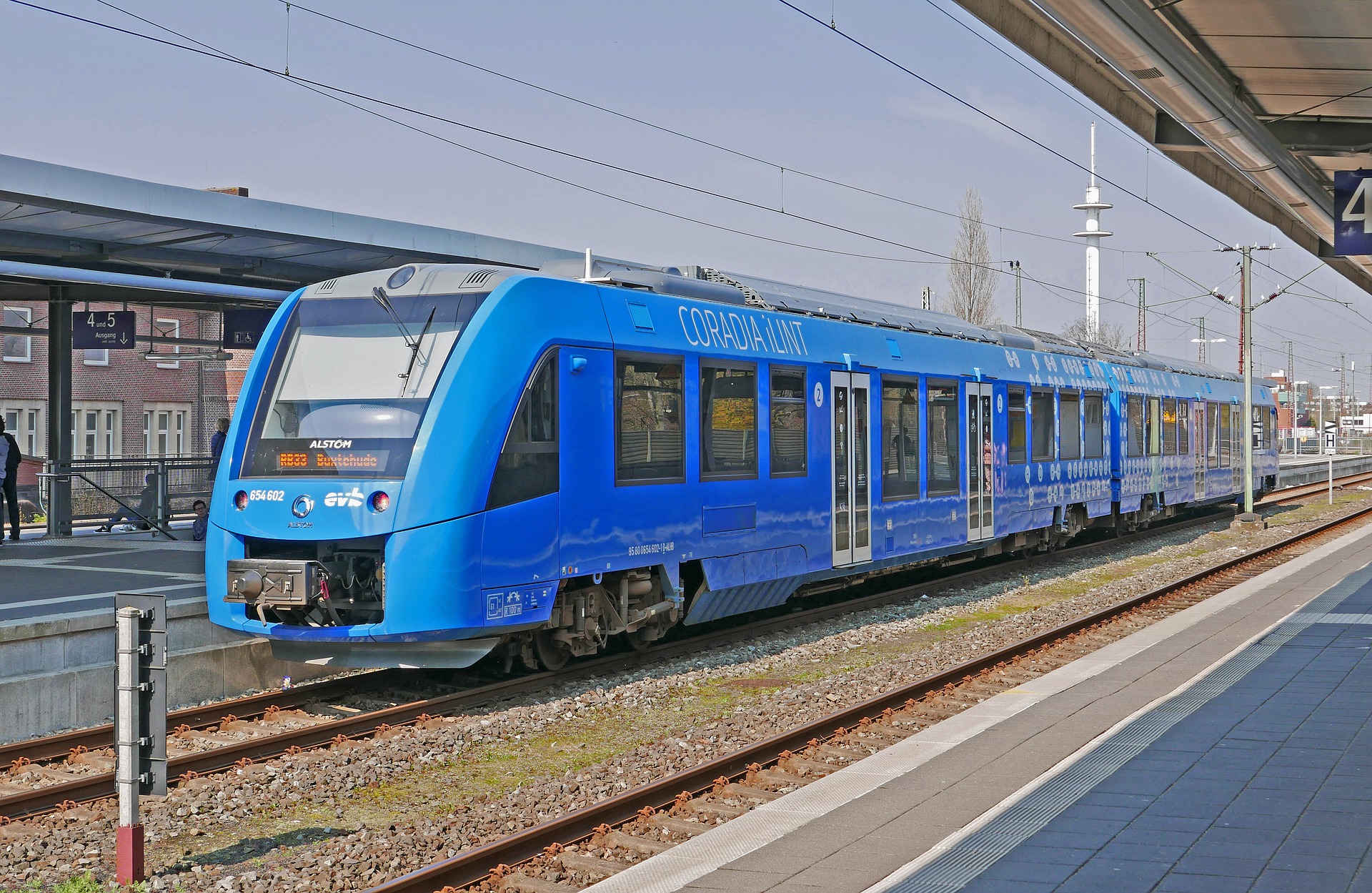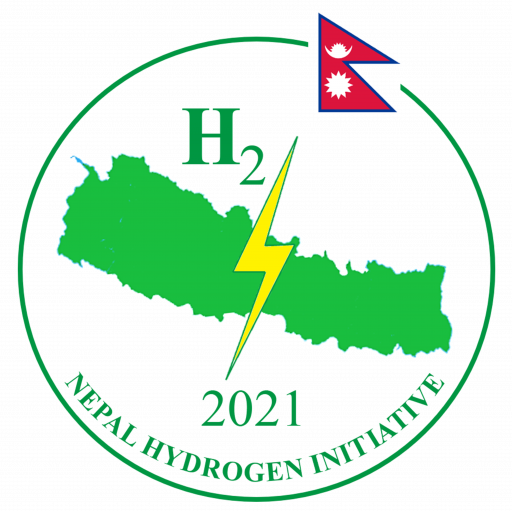The steel demand is rapidly growing in Nepal due to the continuation of the halted project from the earthquake 2015 and investment in infrastructure from the government and private sector. As of now, almost all the raw steel materials are imported and processed in the country. The prospect of local iron and steel products is anticipated as irons ores deposit is identified in the country. According to the Department of Mines and Geology, at least 100 million iron ores are in four different places in Nawalparasi, Nepal. The feasibilities studies, environmental impact assessment, and other preparatory works are in progress for excavation and mining work.
Steel and iron industries are energy-intensive sectors and have high CO2 emissions due to fossil fuels being used as fuel and feedstock in the conventional mining process. In the carbon-intensive traditional process, fossil fuels are used for the iron ores pellets production, and coal is used as a fuel and reducing agent forming carbon monoxide when burned and reacting with iron oxide to produce carbon dioxide. In contrast, green hydrogen can replace fossil fuel for steel making, and the by-product is only water vapor
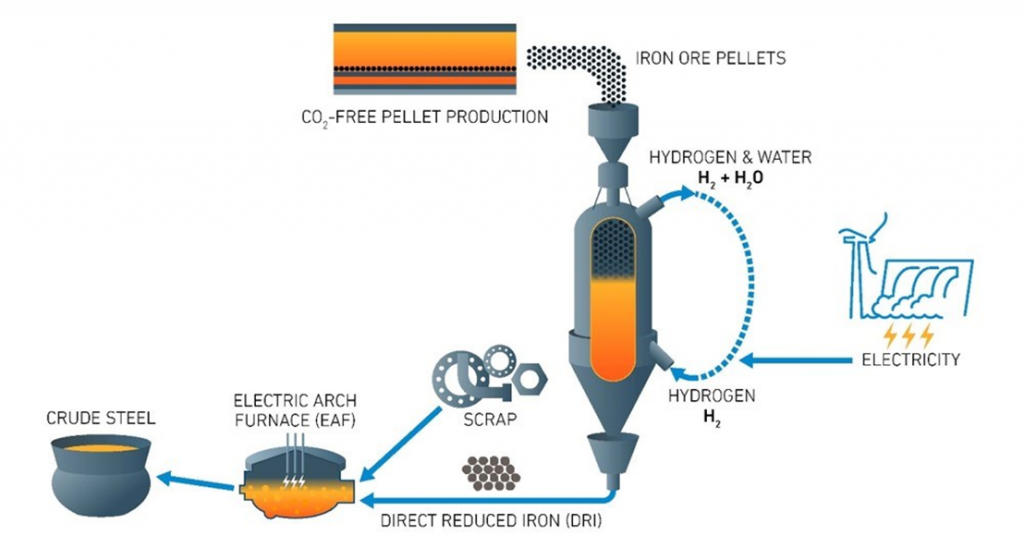
Nepal has realized the urgency to reduce fossil fuels in the transportation and industrial sector. Hydrogen is a viable alternative for replacing coal in the steel and iron sectors as the by-product is only water vapor. The direct reduced iron (DRI) process, shown in Figure 4, used green hydrogen as a reducing agent for iron ores instead of coal and the process has been commercially demonstrated in different parts of the world. Hence, the future mining industry in Nepal should rely on state-of-art low-carbon technologies.
Other Showcase Projects
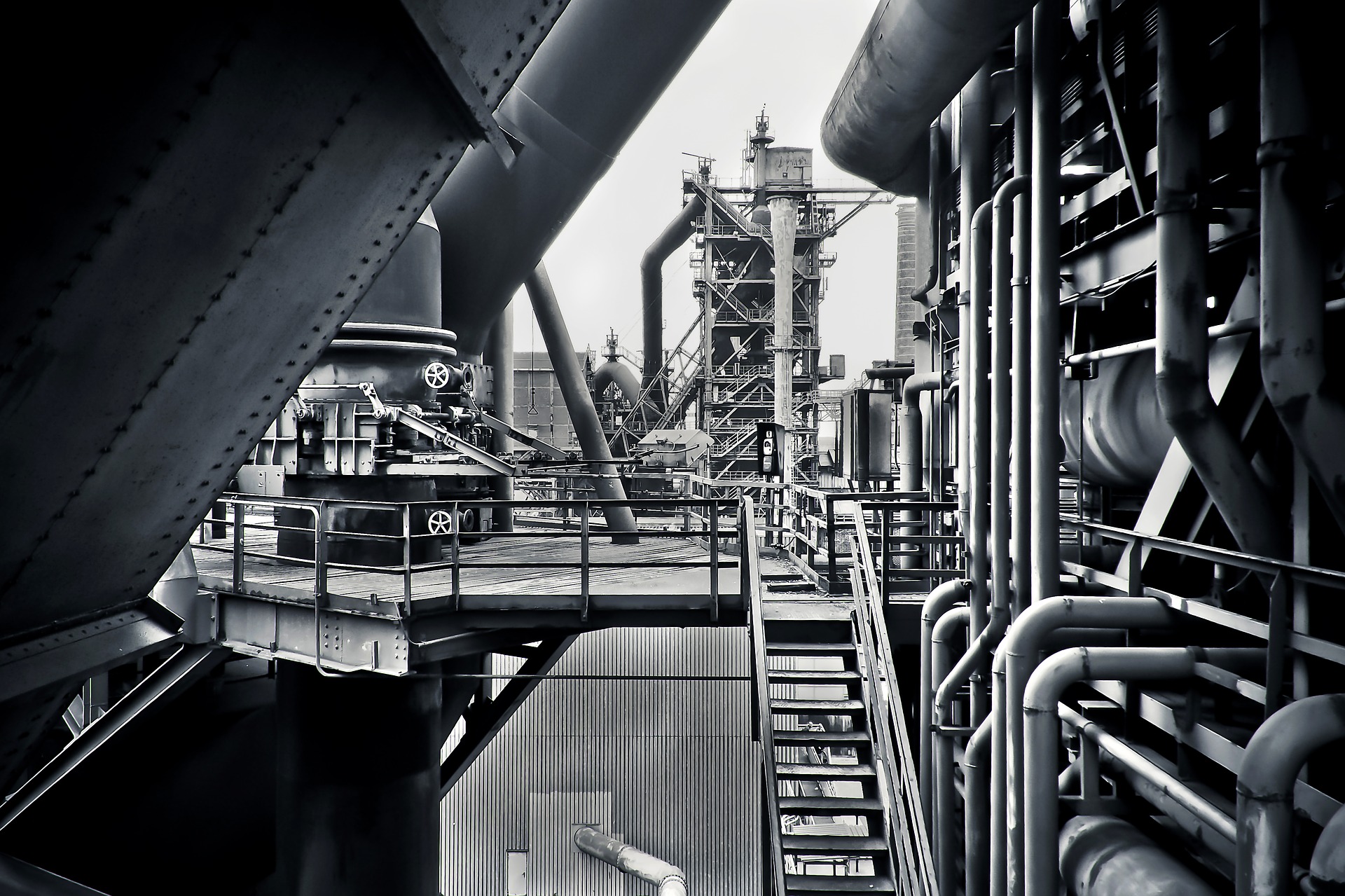
Ammonia Production
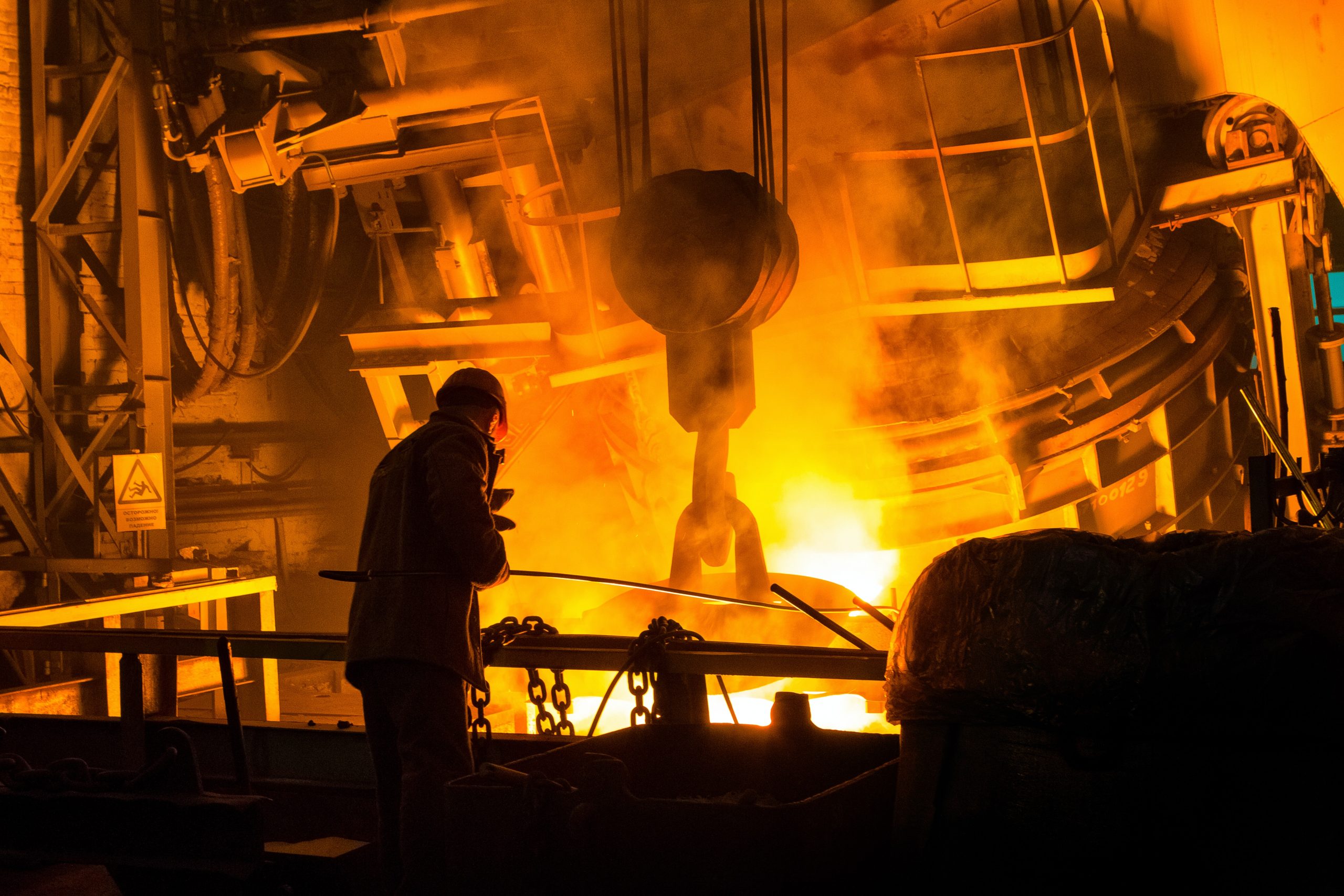
Industrial Heat
